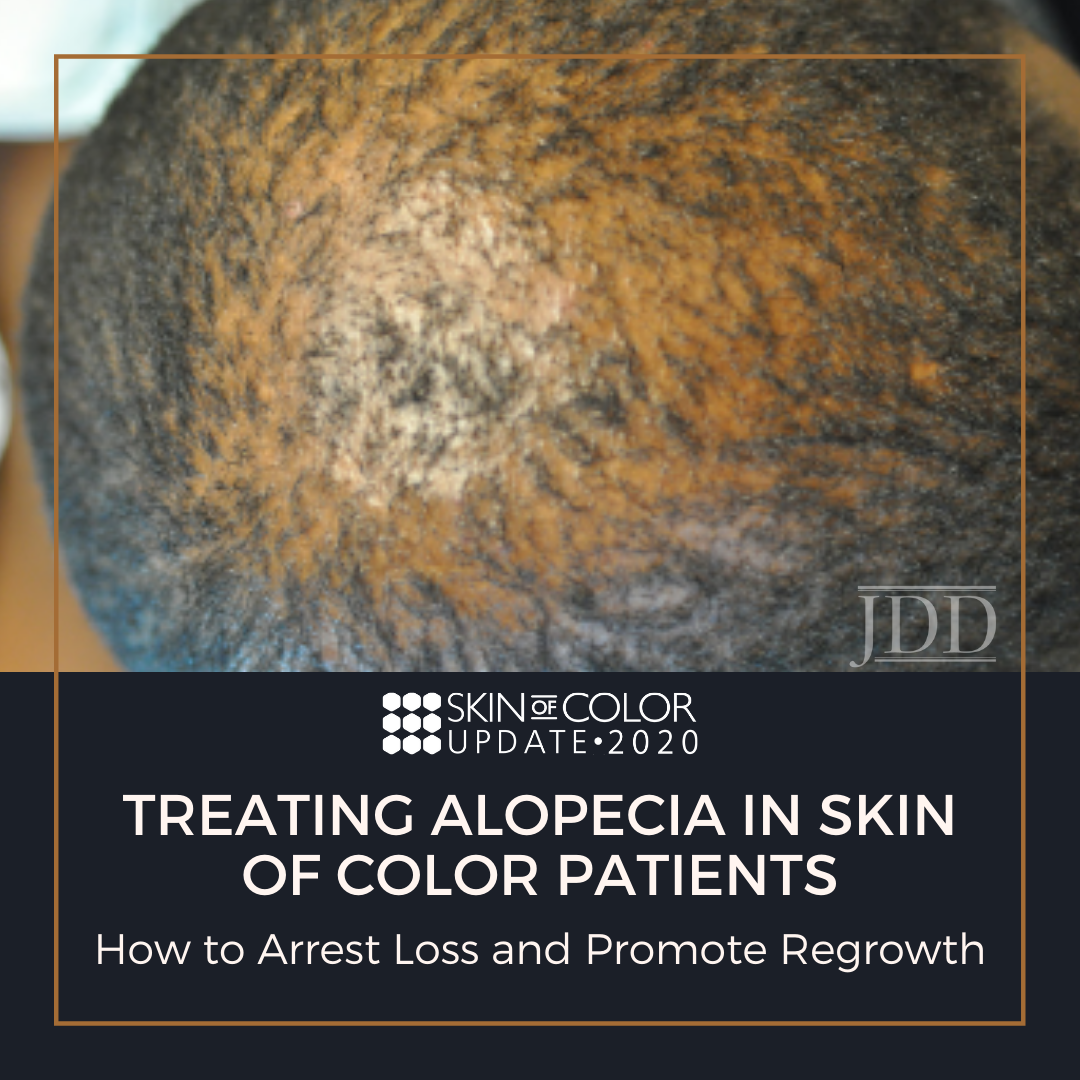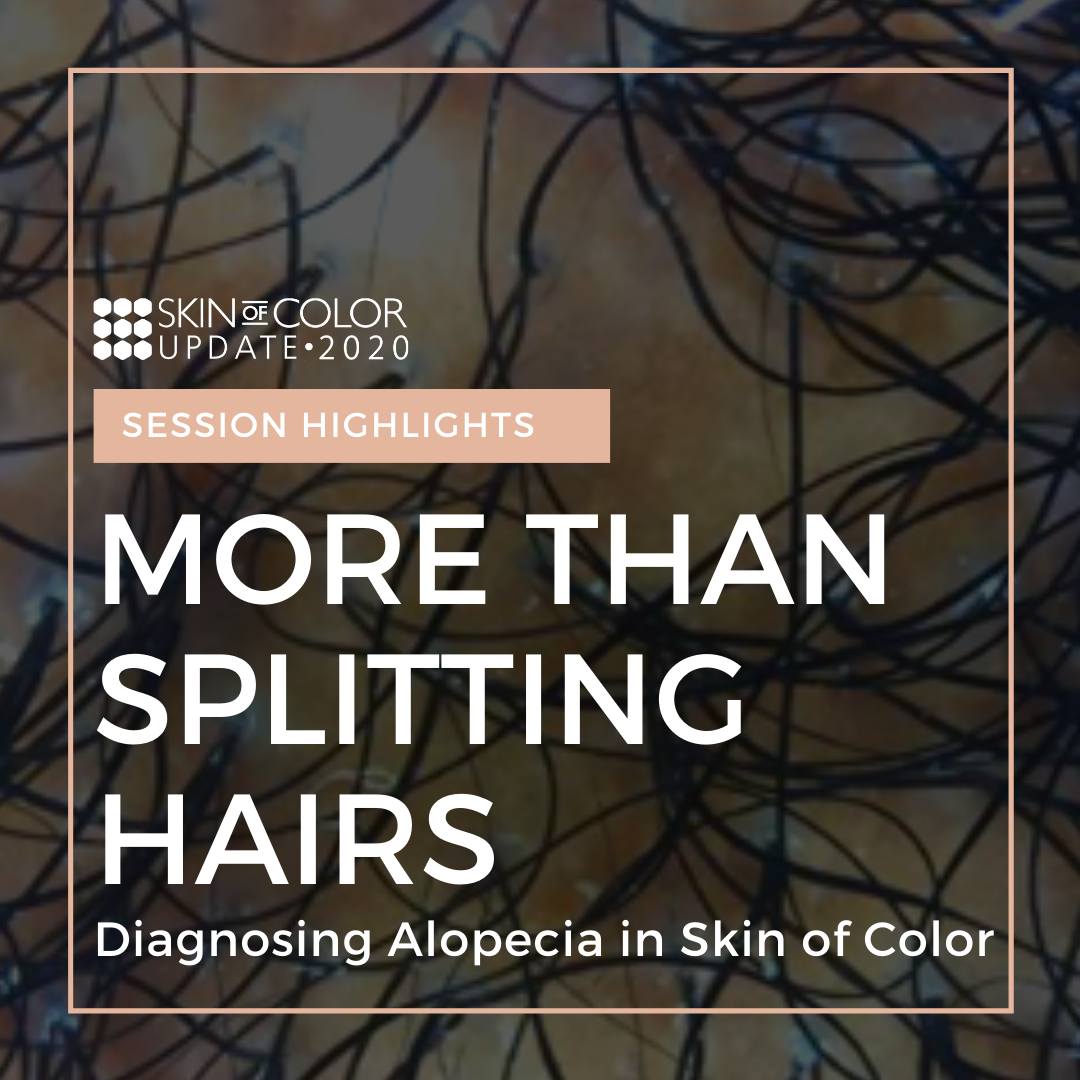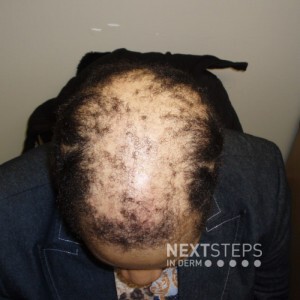Evaluation of a Skin of Color Curriculum for Dermatology Residents
135811358113581 Introduction
The term “skin of color” generally refers to individuals from a broad group of racial and ethnic backgrounds including, but not limited to, Black, Asian, Latinx, American Indian, and Pacific Islander, as well as those of mixed race.1 According to the U.S. Census, the population will increase to comprise over 50% persons of color by the year 2042.2 However, the demographics …
Introduction
The term “skin of color” generally refers to individuals from a broad group of racial and ethnic backgrounds including, but not limited to, Black, Asian, Latinx, American Indian, and Pacific Islander, as well as those of mixed race.1 According to the U.S. Census, the population will increase to comprise over 50% persons of color by the year 2042.2 However, the demographics …
 Introduction
The term “skin of color” generally refers to individuals from a broad group of racial and ethnic backgrounds including, but not limited to, Black, Asian, Latinx, American Indian, and Pacific Islander, as well as those of mixed race.1 According to the U.S. Census, the population will increase to comprise over 50% persons of color by the year 2042.2 However, the demographics …
Introduction
The term “skin of color” generally refers to individuals from a broad group of racial and ethnic backgrounds including, but not limited to, Black, Asian, Latinx, American Indian, and Pacific Islander, as well as those of mixed race.1 According to the U.S. Census, the population will increase to comprise over 50% persons of color by the year 2042.2 However, the demographics … Continue reading "Evaluation of a Skin of Color Curriculum for Dermatology Residents"


 VeryWell Health recently posted an article about a study that showed stress from COVID-19 -- and perhaps the virus itself – may be leading to an increase in hair loss cases.
For an expert opinion, I contacted Chesahna Kindred, MD, MBA, FAAD, a dermatologist in practice in Columbia, Md.
Has the pandemic led to an increase in telogen effluvium?
Absolutely. I noticed an increase in te …
VeryWell Health recently posted an article about a study that showed stress from COVID-19 -- and perhaps the virus itself – may be leading to an increase in hair loss cases.
For an expert opinion, I contacted Chesahna Kindred, MD, MBA, FAAD, a dermatologist in practice in Columbia, Md.
Has the pandemic led to an increase in telogen effluvium?
Absolutely. I noticed an increase in te …  Can you improve your culturally-competent hair loss consultation? Would you like to grow your toolbox for comprehensive alopecia treatment? If so, you are in the right place!
Hair loss is a frequent concern for patients visiting the dermatologist, especially in patients with pigmented skin types. Kinky or coiled hair has an innate fragility that makes African Americans especially prone to hair …
Can you improve your culturally-competent hair loss consultation? Would you like to grow your toolbox for comprehensive alopecia treatment? If so, you are in the right place!
Hair loss is a frequent concern for patients visiting the dermatologist, especially in patients with pigmented skin types. Kinky or coiled hair has an innate fragility that makes African Americans especially prone to hair …  Just as hair types often differ among different ethnicities, the prevalence and presentation of dermatological diseases affecting the hair and scalp can also be diverse. These are attributed to innate hair shaft differences, hair styling practices, genetic influence, and inflammatory co-morbidities. Differentiating scarring alopecia from other types of hair loss is especially critical in develop …
Just as hair types often differ among different ethnicities, the prevalence and presentation of dermatological diseases affecting the hair and scalp can also be diverse. These are attributed to innate hair shaft differences, hair styling practices, genetic influence, and inflammatory co-morbidities. Differentiating scarring alopecia from other types of hair loss is especially critical in develop …  The best diagnosis of this type of cicatricial alopecia shown in the image is:
A. Chronic cutaneous lupus erythematosus
B. Lichen planopilaris
C. Central centrifugal cicatricial alopecia
D. Pseudopelade of Brocq
E. Alopecia mucinosa
To find out the correct answer and read the explanation, click here.
Brought to you by our brand partner Derm In-Review. A product of SanovaWo …
The best diagnosis of this type of cicatricial alopecia shown in the image is:
A. Chronic cutaneous lupus erythematosus
B. Lichen planopilaris
C. Central centrifugal cicatricial alopecia
D. Pseudopelade of Brocq
E. Alopecia mucinosa
To find out the correct answer and read the explanation, click here.
Brought to you by our brand partner Derm In-Review. A product of SanovaWo …